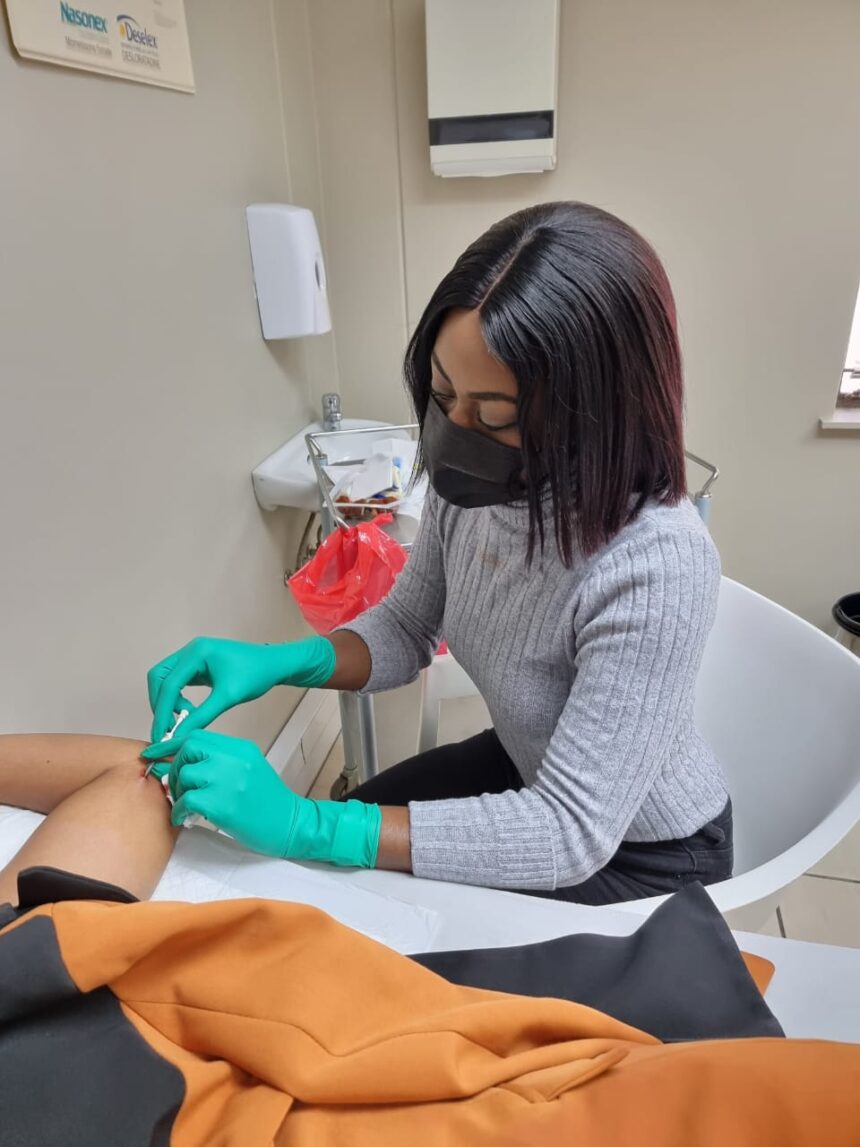Methods of contraception comprise oral contraceptive pills, implants, injectables, patches, vaginal rings, intrauterine devices, condoms, male and female sterilisation, lactational amenorrhea methods, withdrawal and fertility awareness-based methods but little is known about implants.
Gynaecologist Dr Adewale Abiodun said these methods have different mechanisms of action and effectiveness in preventing unintended pregnancy. Different variables may impact the choice of one over the other such as chronic diseases, physical conditions, access to the healthcare system, and ease of use.
“They are small flexible rods that are placed just under the skin of the upper arm and they release progestin. They provide long-term pregnancy protection (normally three to five years, depending on the type of implant),” he said referring to Levoplant.
Abiodun was talking on International Women’s Day, raising awareness on Levoplant, a two-rod contraceptive implant. The implant has also received World Health Organisation prequalification in 2017.
He said a trained healthcare practitioner is required to insert and remove the implant through a minor surgical procedure, a process that does not take long to operate.
“It has an ease of use, avoids user errors and problems with resupply. They do not contain estrogen and so can be used during breastfeeding and by women who cannot use methods with estrogen,” stated Abiodun.
He described it as two thin, flexible rods made of a rubber-like material containing 75mg levonorgestrel (LNG) each. The set contains two flexible, sealed, white or off-white rod-like implants, about 44mm in length and 2.4mm in diameter. The two sterile implants are packed into a bag. Implants are single-use only and must not be inserted after the expiry date printed on the package.
Abiodun said: “It is a synthetic progestogen similar to progesterone used in contraception and hormone therapy. Prevention of regular egg release and thickening of the cervical mucus, making it more difficult for sperms to reach the egg.”
He added that common side effects could range from abdominal pain, weight change, breast tenderness, mood change, irregular bleeding patterns to migraines depending from person to person.
He warned that after insertion, a woman should stay at least 15 to 20 minutes until she feels better before leaving.
“Your doctor will normally tell you what to do if you experience any problems following insertion or side effects,” he said.
A woman who recently had her implants removed shared that the procedure led to her left hand being partially paralysed and questioned what women can do to ensure these contraceptives are inserted properly.
“The doctor who initially inserted it did it carelessly because this led to the implant lodging into my muscles while it was supposed to be under the skin,” she narrated.
“What I usually do when I insert the implant is request the lady to feel the implant. I don’t usually tell them where exactly I have inserted it just to make sure they feel it themselves,” explained Dr Esperance Luvindao, who was roped in as an influencer for Levoplant.
Luvindao added that women should be careful and try their best to make sure the implants are inserted correctly and they can feel it before leaving the health facility.
The World Health Organisation (WHO) states that ensuring access for all people to their preferred contraceptive methods advances several human rights, including the right to life and liberty, freedom of opinion and expression and the right to work and education, as well as bringing significant health and other benefits.
Women should, however, remember that contraceptives (except condoms) do not protect against sexually transmitted diseases such as HIV.
– psiririka@nepc.com.na


